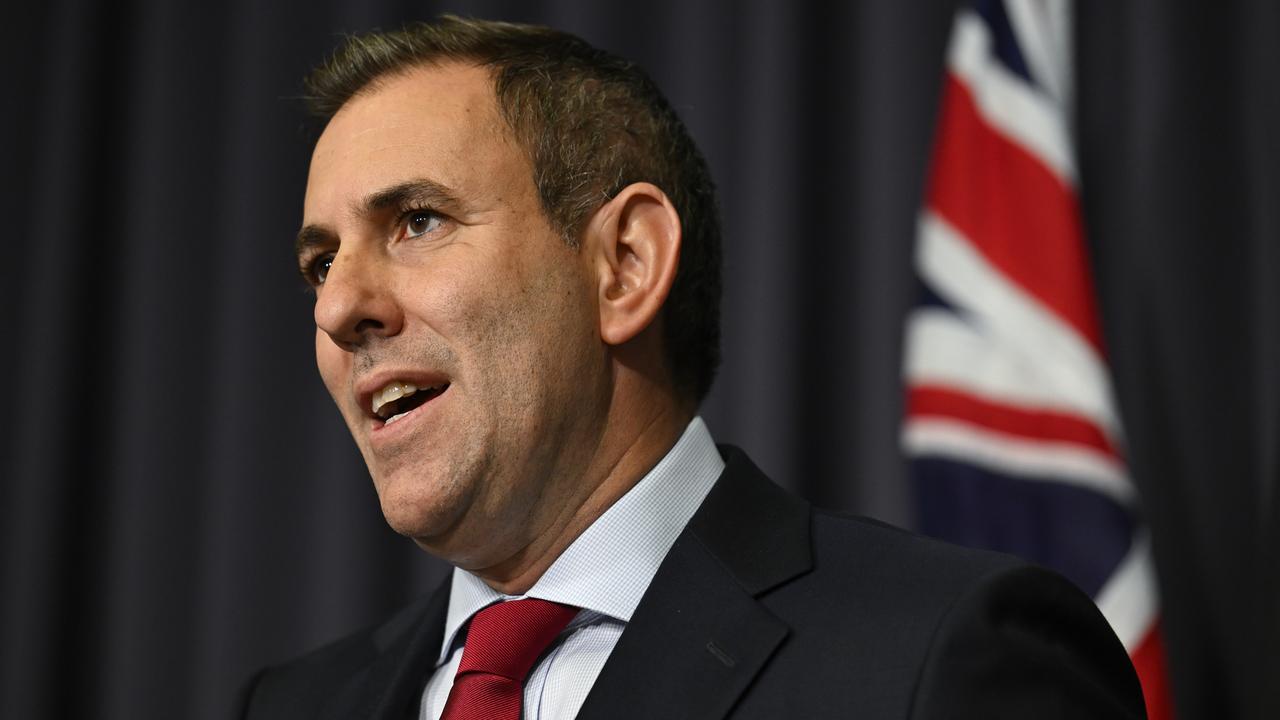Former regulator calls carbon credit boom on the back of mandatory climate reporting
Mandatory climate reporting may see a boom in companies buying carbon credits to offset emissions after investors see the full scale of their climate impact.

A move to force major Australian companies to reveal their climate disclosures may trigger a rush by companies to secure emissions offsets and force others to reveal the details of their claimed carbon abatement activities.
Former senior regulator and FEX group executive Daniel Crennan says the Albanese government’s proposed mandatory climate disclosure regime was likely to shake up Australia’s carbon markets.
“Gone are the days you can make a speech about wanting to be carbon-neutral in 2018 and not really understanding and being in a position to achieve that aim,” he said.
The disclosures scheme will require companies to report their emissions profile to investors, as well as climate related risks and emissions to targets.
Mr Crennan said this could lead to investors and interest groups putting pressure on company management to pursue sustainability strategies through the purchase of Australian Carbon Credit Units and Large Generation Certificates.
“It does seem that this does impose upon companies of a certain size or companies required to report under the (National Greenhouse and Energy Reporting Act) an obligation that strictly observed would include quite specific publication and therefore transparency to the data associated with purchasing and retiring ACCUS and surrender of LGCS,” he said.
“Otherwise, the purpose of the bill could be partly undermined.”
Mr Crennan said the requirement for companies to be clear in describing the carbon units they are seeking to use to offset emissions could also lead to a “flight to quality”.
Many companies currently spruik emissions reductions plans to investors, noting investments in abatements and carbon units.
However, several do not disclose what units they are seeking to use to offset emissions.
Mr Crennan said companies using other types of credits or sustainability endeavours “that fall outside of domestically regulated frameworks” or are unclear in their effectiveness “may rethink their strategies”.
“The main features are likely to be a shift to regulatory defensible endeavours, which will include ACCUs and LGCs and if it isn’t already a feature of what might be a disciplined and defensible approach to sustainability frameworks,” Mr Crennan said.
The standards require companies to disclose what type of carbon credit, including the underlying offset, whether its nature or technology based carbon removals.
ACCUS have often traded at higher prices than international voluntary emissions credits, with the Carbon Market Institute warning the demand for the credits was likely to grow as Safeguard Mechanism credits grow scarce.
The new laws will see companies progressively pushed into reporting climate disclosures starting in mid-2024.
Companies with a turnover of $500m will be the first cab off the rank, while companies with a turnover of $200m or asset managers with funds in excess of $5bn will start reporting in 2026.
Smaller operators with a turnover of $50m will be required to report from 2027.
However, mandatory assurance of claims will not be required until 2030, under the preferred model outlined by Treasury.
The government has cast the mandatory climate disclosures as a chance to offer investors “the transparency, clarity and certainty they need to invest in new opportunities as part of the net zero transformation”.
Mr Crennan said participation in regulated carbon markets was likely to be a central feature of the reporting regimes, “regardless of whether you are a volunteer or obliged to participate in whatever environmental scheme it might be”.
Large emitting companies in Australia are currently required to offset their emissions either through the purchase of ACCUs or LGCs.
However, the Clean Energy Regulator has warned there is a deficit of almost 14.4 million LGCs in the market, with expectations supply
Mr Crennan said companies may look to use futures contracts to secure supplies of ACCUs or LGCs ahead of disclosures, as well as locking in future price certainty.
“I think the logical result is that the price of ACCUs and LGCs is likely to increase over time,” he said.
“Supply will necessarily have to meet that demand. Potentially more carbon projects will need to be registered and completed.”
FEX has recently moved to offer carbon futures contracts, while the ASX and the Clean Energy Regulator inked a deal to develop a new register to consolidate different registers covering a variety of carbon scheme assets.
The ASX has also signalled plans to launch a suite of carbon futures products in 2024.








To join the conversation, please log in. Don't have an account? Register
Join the conversation, you are commenting as Logout